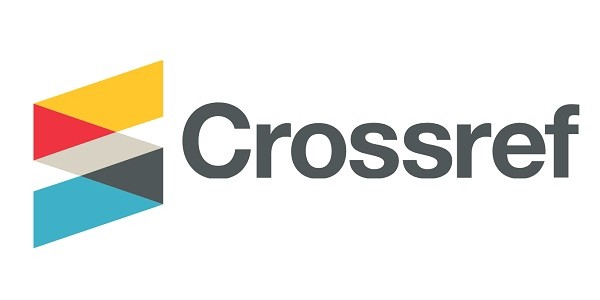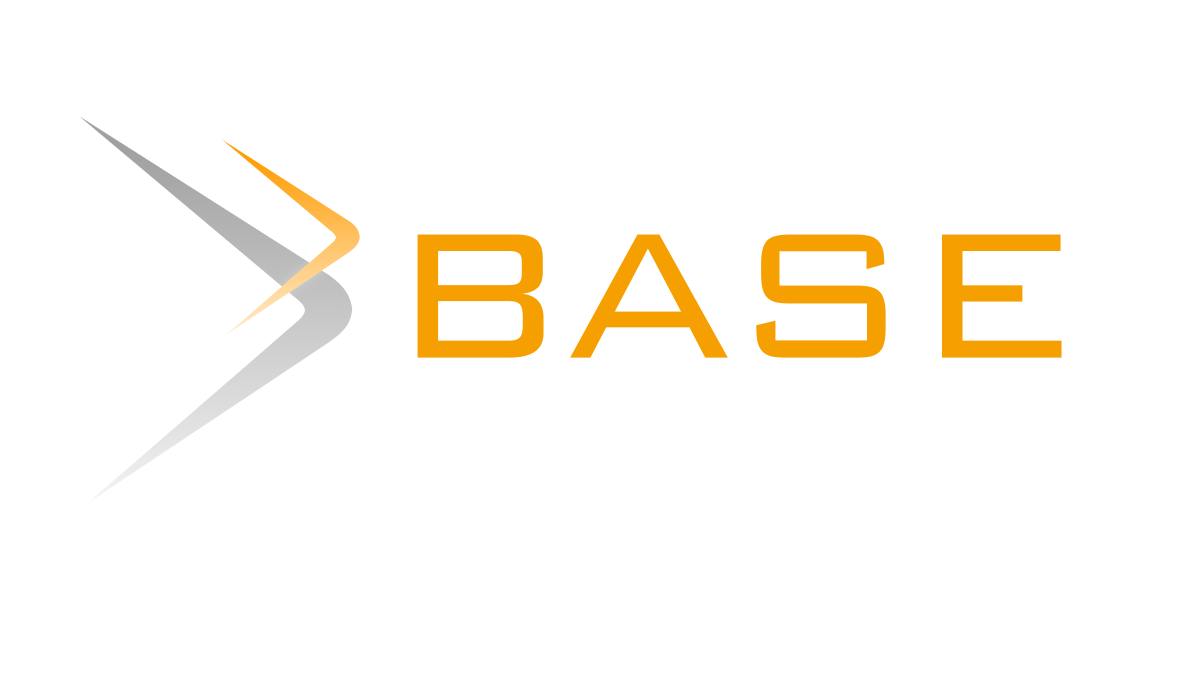The Effect of Strength of Asphalt Mixes with The Addition of Brick Ash as a Replacement of Filler in AC-WC Mixture
DOI:
https://doi.org/10.37253/jcep.v4i2.7752Keywords:
Bahan Pengisi, abu bata, Laston, Uji Marshal, Campuran aspalAbstract
Environmental issues related to waste from brick manufacturers are issues that need further attention. Nowadays, a lot of research has been carried out on the use of waste materials regarding their benefits in the field of construction projects, especially in concrete mixtures. With the hope that the issue of environmental problems related to the lack of handling of industrial waste can be a solution to overcome the challenges of the availability and price of conventional materials used in construction projects nowdays. In this research, a study was conducted to determine the impact of using brick ash as a filler on the Asphalt Concrete-Wearing Course (AC-WC) pavement layer which functions as a wear layer, by using the Marshall tool test and the parameters used to measure the performance of the asphalt mixture, such as VIM, VFB and MQ values. The research method uses a laboratory testing approach at PT. Bumi Karsa and uses local materials originating from West Sulawesi Province. The use of variations in the addition of brick ash content of 1%, 2%, 3%, 4% and 5% resulted in the optimum asphalt content value of 6.15% in the planning of the AC-WC mixture and soaked for 30 minutes. From the test results it was found that the effect of adding brick ash as a filler on the stability and flow values gets a high value if the content limit at variation 3%. In other parameter values some cannot be used because the results obtained on several parameters do not meet the requirements specified in the 2018 Bina Marga Specifications for Division 6 Road works.
Downloads
References
[2] Kementerian Lingkungan Hidup dan Kehutanan, “Komposisi Timbulan Sampah di Indonesia Berdasarkan Jenisnya,†Sistem Informasi Pengelolaan Sampah Nasional, 2022. https://databoks.katadata.co.id/datapublish/2023/03/09/ri-hasilkan-19-juta-ton-timbulan-sampah-pada-2022-mayoritas-sisa-makanan (accessed Apr. 04, 2023).
[3] F. H. Sitorus, “Pemanfaatan Limbah Plastik sebagai Bahan Tambah Campuran Aspal pada Pekerasan Jalan AC-WC Terhadap Nilai Marshall,†Digital Repository Universitas Medan Area, 2018. https://repositori.uma.ac.id/handle/123456789/9508 (accessed Apr. 04, 2023).
[4] S. Sucipto and Y. Aulia Sari, “Analisa Karakteristik Campuran Aspal Menggunakan Serbuk Kaca,†J. Civ. Eng. Plan., vol. 2, no. 1, pp. 84–98, Jun. 2021, doi: 10.37253/JCEP.V2I1.728.
[5] “Batu bata - Wikipedia bahasa Indonesia, ensiklopedia bebas.†https://id.wikipedia.org/wiki/Batu_bata (accessed May 23, 2023).
[6] D. A. Sofia, P. A. Shafira, and H. Kusumah, “Pengaruh Limbah Batu Bata Sebagai Pengganti Agregat Halus Terhadap Mutu Kuat Tekan Beton,†Pros. Ind. Res. Work. Natl. Semin., vol. 10, no. 1, pp. 600–608, Aug. 2019, doi: 10.35313/IRWNS.V10I1.1481.
[7] H. Ashad, I. Maulana, and A. Rahayu, “Kontribusi Limbah Batu Bata Merah Sebagai Alternatif Pengganti Parsial Semen Pada Beton,†J. Tek. Sipil MACCA, vol. 5, no. 1, pp. 35–40, Feb. 2020, doi: 10.33096/JTSM.V5I1.12.
[8] M. Alfiqry M, “PENGARUH PENGGUNAAN LIMBAH BATU BATA TERHADAP KUAT TEKAN BETON RINGAN,†May 2019.
[9] A. Karakteristik Campuran Aspal Menggunakan Serbuk Kaca Sucipto and Y. Aulia Sari, “Analisa Karakteristik Campuran Aspal Menggunakan Serbuk Kaca,†J. Civ. Eng. Plan., vol. 2, no. 1, pp. 84–98, Jun. 2021, doi: 10.37253/JCEP.V2I1.728.
[10] R. Raffles and U. H. Umar, “Stability Analysis of Laston AC-WC Using K-250 Quality Waste Concrete as Coarse Aggregate,†J. Civ. Eng. Plan., vol. 4, no. 1, pp. 118–127, Jun. 2023, doi: 10.37253/JCEP.V4I1.733.
[11] Sugiyono, Metode Penelitian Kuantitatif, Kualitatif dan R&D. Bandung: Alfabeta, 2013.
[12] Direktorat Jenderal Bina Marga, “Spesifikasi Umum 2018,†Edaran Dirjen Bina Marga Nomor 02/SE/Db/2018, no. Revisi 2, pp. 6.1-6.104, 2018.
Downloads
Published
Issue
Section
License
Copyright (c) 2023 Akbar Indrawan Saudi

This work is licensed under a Creative Commons Attribution 4.0 International License.



_0011.jpg)









